Gardeners are using dish soap to kill moss on lawns – but experts say there is a more permanent solution you can try
Dish soap dehydrates moss effectively, but this method is unlikely to get rid of the problem for good
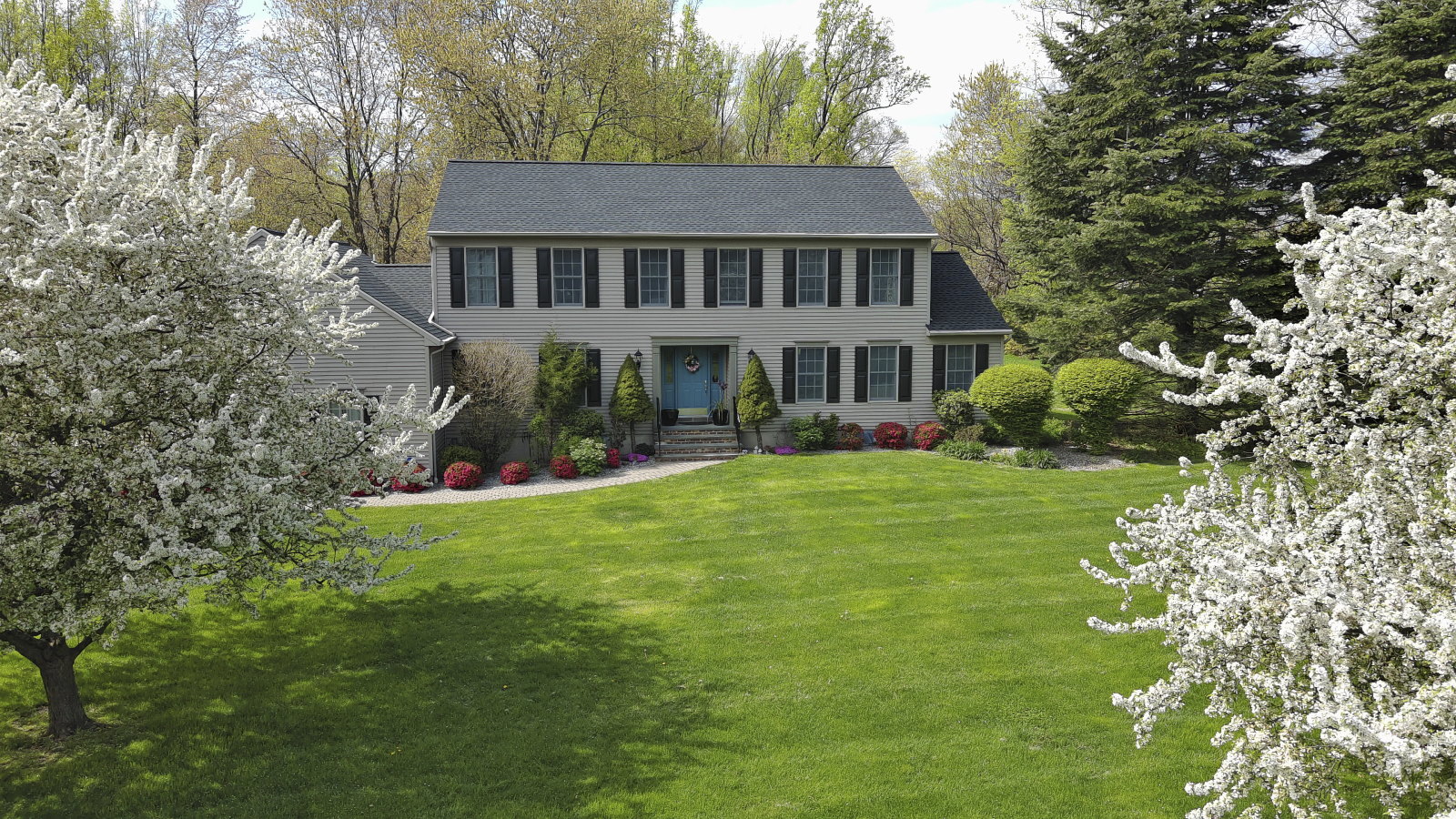

Megan Slack
When faced with the need to remove moss from lawn, there are several methods that you can choose. Some may turn to iron sulfate, and others to baking soda. However, there is an even more accessible (but nonetheless effective) solution hiding in your kitchen, and that is dish soap.
While dish soap is best associated with its uses indoors, many gardeners are finding it's a useful tool for the yard, too. In particular, you can use it to get rid of moss on our lawns.
This method is simple and effective, but there is one caveat: the results may not last forever. The good news is, there is a more permanent solution to this common lawn problem. Here, we look how to achieve a moss-free lawn that looks greener and thicker using dish soap, as well as another solution that offers longer-lasting results,

3 steps to use dish soap to kill moss on your lawn
'Killing moss without decimating your grass can be tricky, but a dish soap solution can make it look easy with a little care and attention,' says Tom Monson from Monson Lawn and Landscaping.
Tom explains this solution is most effective if you catch the moss early. He suggests mixing two ounces of dish soap (from Walmart) with a gallon of water to make a gentle solution that will kill the moss without harming your grass. It works by dehydrating moss.
With your solution in hand, try following the below three steps for using dish soap to kill moss on your lawn:
1. Cover the moss in dish soap
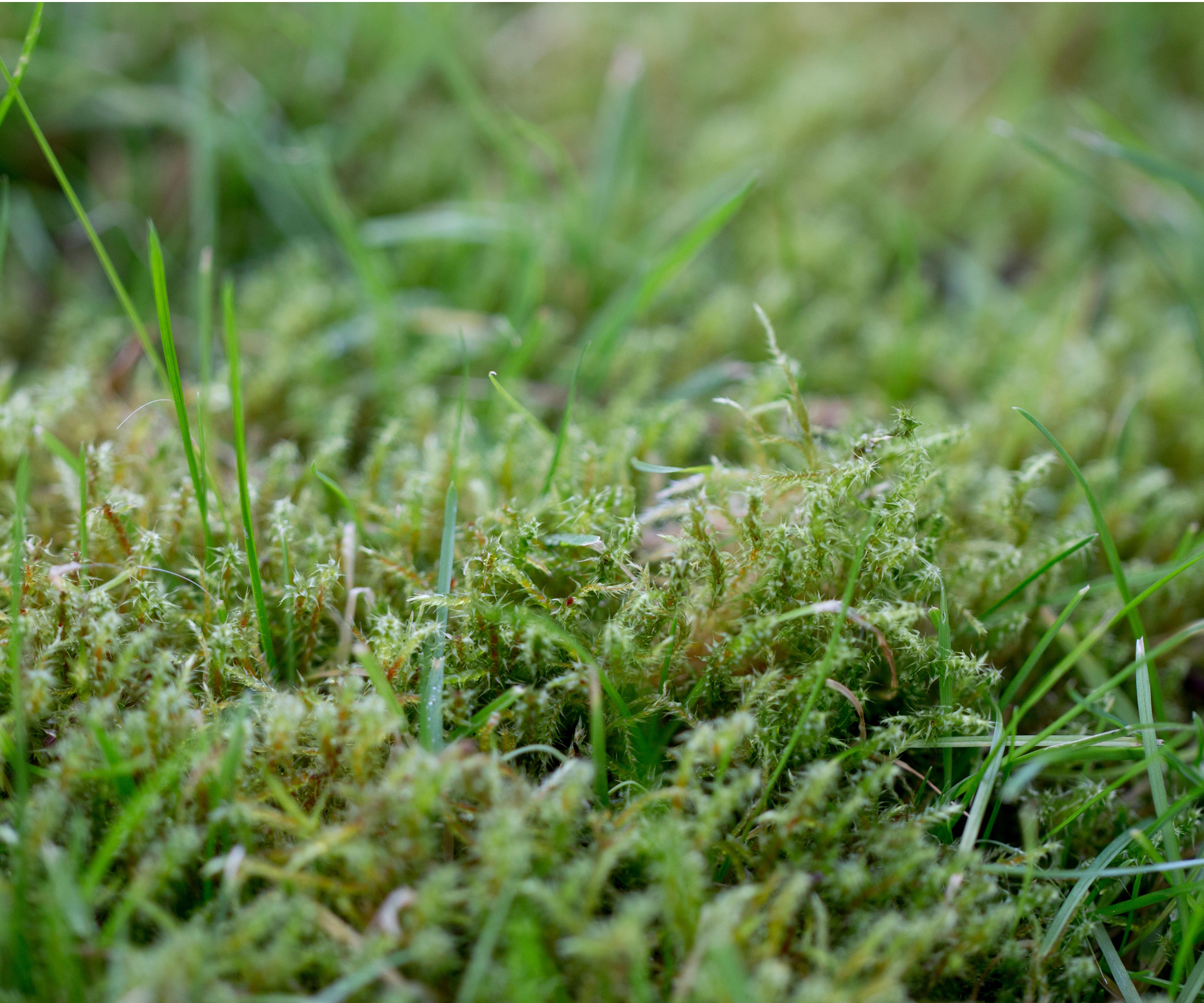
Tom suggests using a sprayer (from Amazon) to drench the moss thoroughly in your dish soap and water solution.
Design expertise in your inbox – from inspiring decorating ideas and beautiful celebrity homes to practical gardening advice and shopping round-ups.
If your lawn is on the bigger side, it's wise to increase the dosage to cover all the moss. Use approximately two gallons of water for every 1000 square feet of grass, Tom suggests.
Not only can this method be used on moss, it can also work well for killing weeds but not grass.
You should then wait for around 24 hours for the solution to be soaked up and dry out the moss.

Tom Monson is the owner of Monson Lawn & Landscaping, the residential and commercial lawn care and landscaping firm that has been serving the Twin Cities area since 2009
2. Scrape the dead moss away
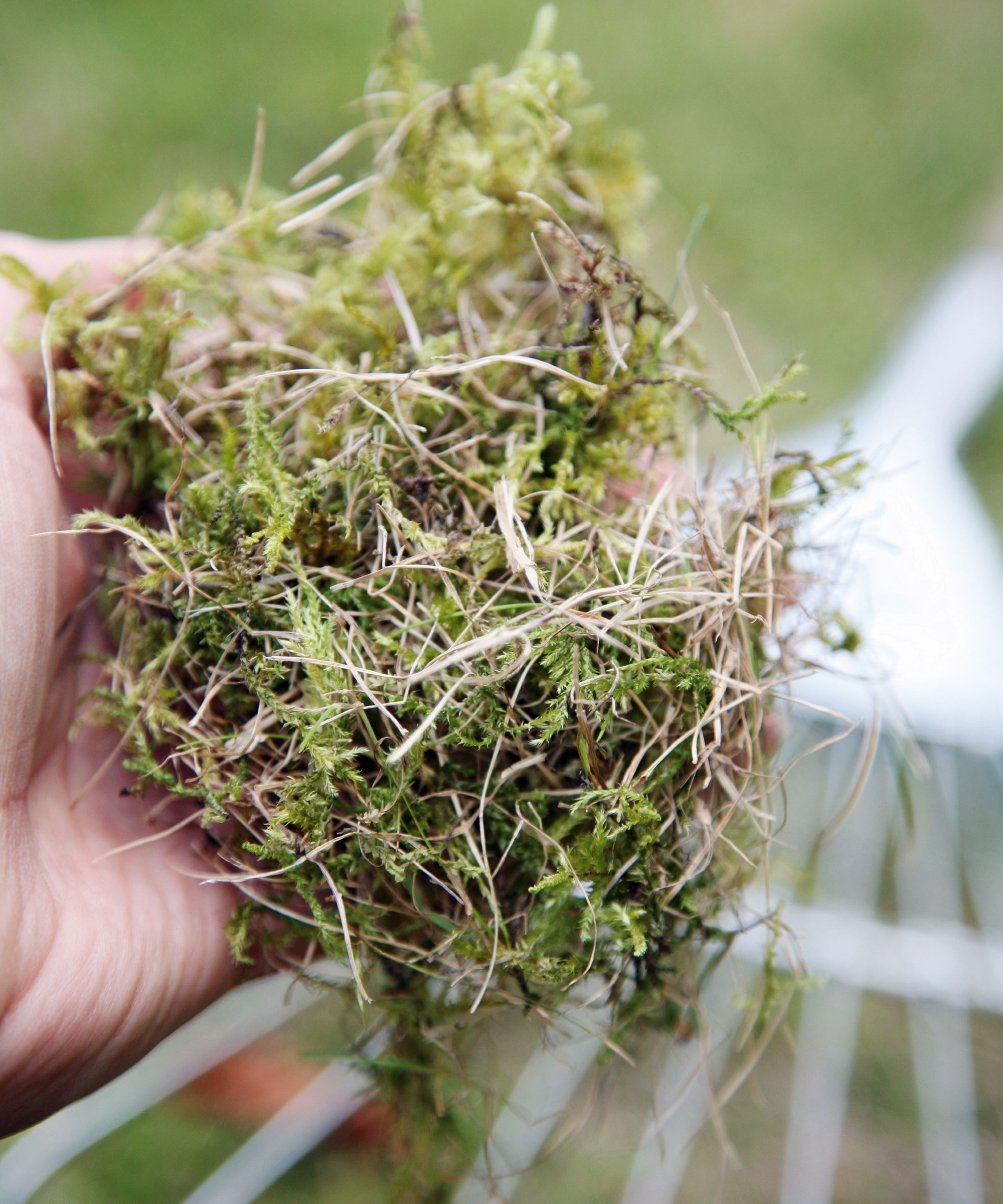
After the moss has dried up from being dehydrated by the dish soap, you can easily scrape it up using an essential gardening tool of choice.
If you're dealing with lots of moss and are dethatching your lawn, it may be worth investing in a more specialist thatch rake (such as this one on Amazon). It will make the scraping process quick and efficient.
No matter which tool you use, make sure to clean gardening tools after use. This will prevent the potential spread of pests and diseases between plants when you go to use the tool again.
3. Reseed you lawn
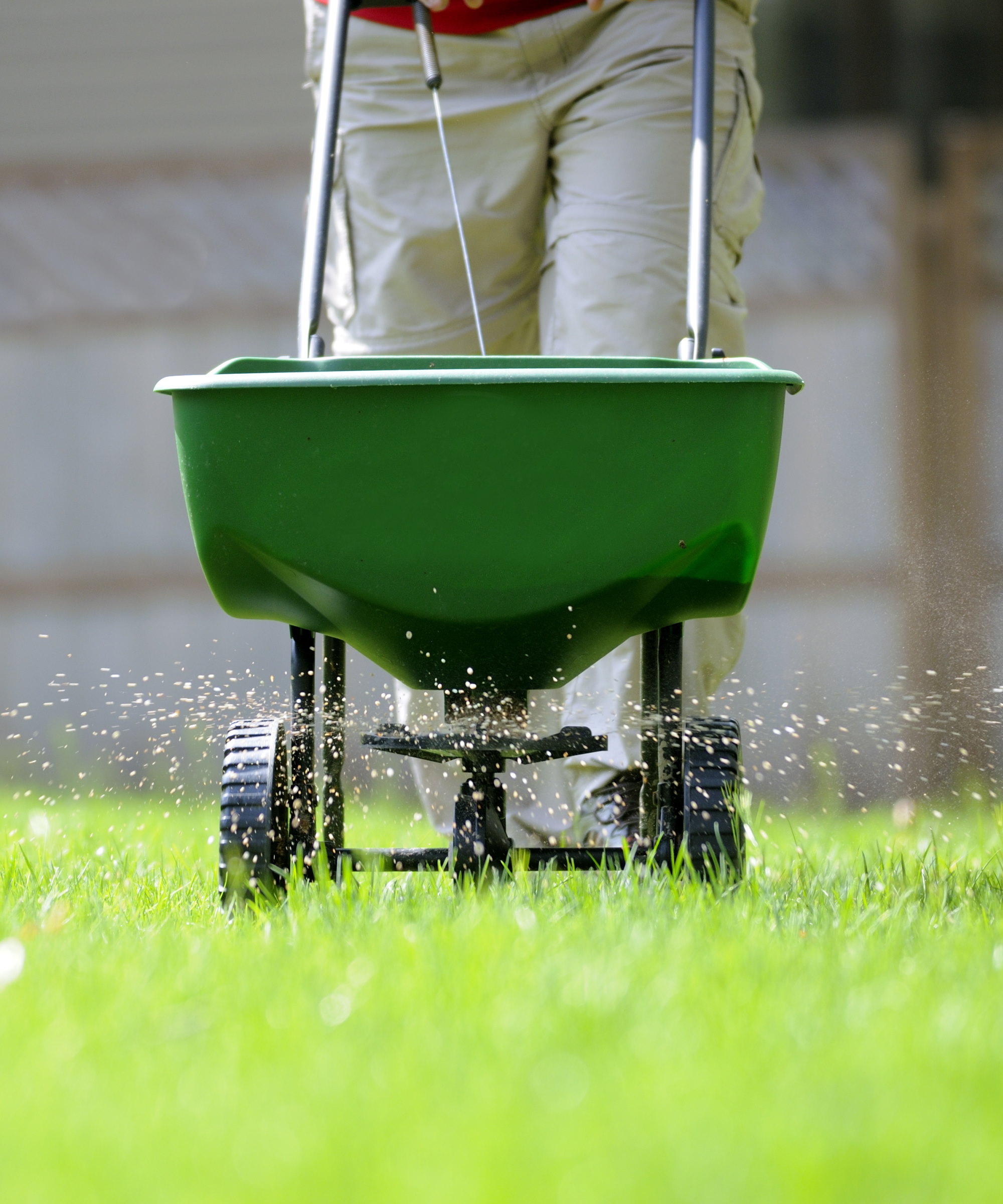
It is possible that using dish soap to kill moss on your lawn may also slightly dehydrate your grass, so it may be worth reseeding your lawn to help it recover.
Overseeding a lawn will help repair damaged spots, and your lawn will quickly recover if you choose one of the best fast-growing grass seeds in particular (like this grass seed from Amazon).
You might find a seed spreader (from Amazon) also helps make this a speedy process.
It's also worth considering aerating your lawn and fertilizing your lawn to help nurture it back to health and encourage it to return greener than before.
Why is dish soap not a permanent solution?
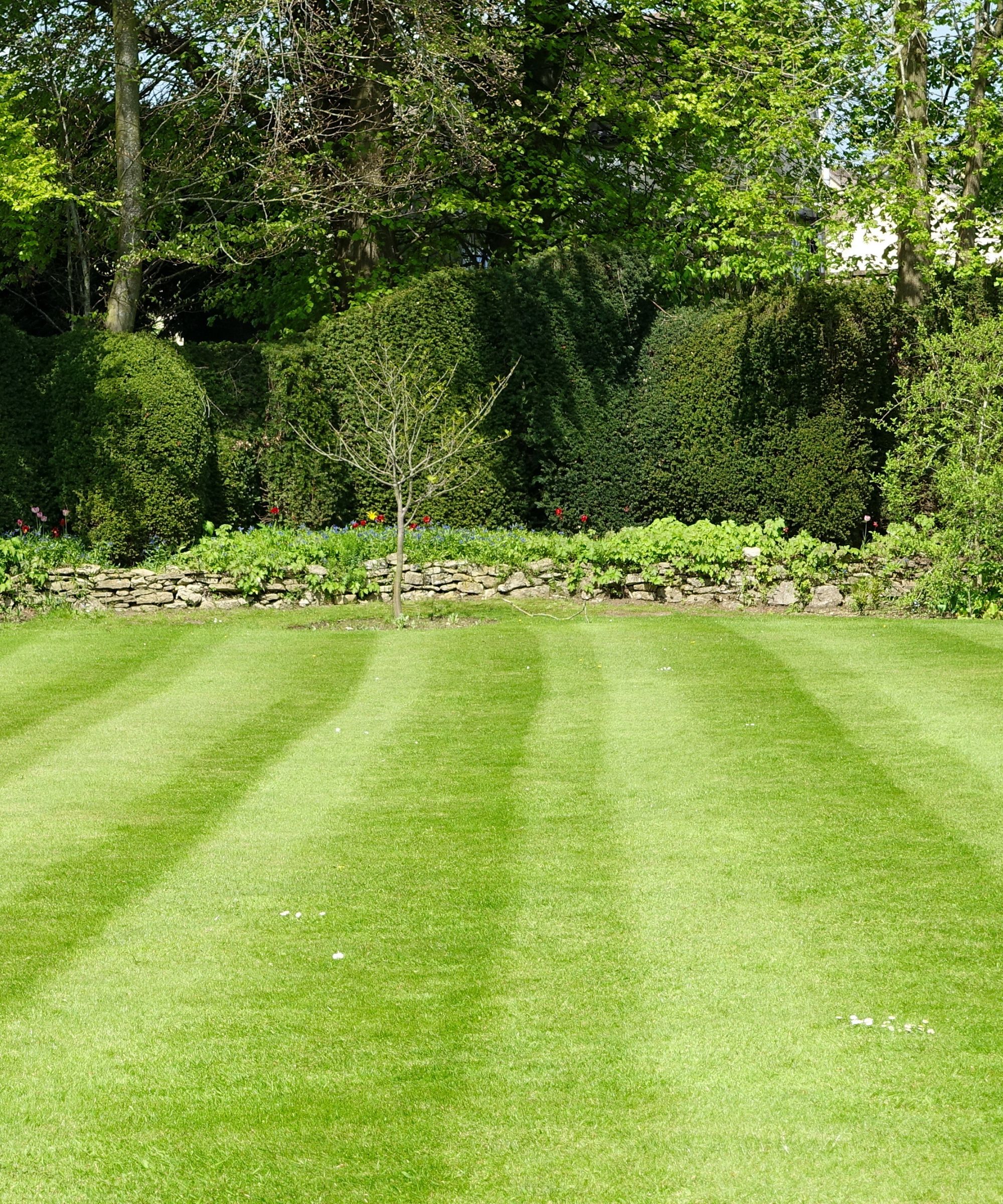
Although using dish soap to kill moss on your lawn will work, Homes & Gardens' Gardens Content Editor Drew Swainston says it is unlikely to be a permanent solution:
'The moss will turn brown after applying the mixture, and need raking out to remove it from the lawn. Your lawn may look better, however, it is not a permanent fix and the moss is likely to return again unless steps are taken to improve a lawn’s drainage,' he explains.
Growing moss requires moist conditions, so it makes sense that poor drainage is the core reason moss is growing on your lawn. If you have a shady lawn, this is likely to also contribute, as moss is one of the best ground cover plants for shade and it thrives in dark and damp areas.
'Taking steps to improve a lawn’s drainage, including aerating the lawn and removing thatch by scarification, is a great natural way to combat the build-up of moss and have a healthier, better-looking lawn,' Drew suggests.
For this reason, consider getting your hands on this lawn aerating tool from Amazon.
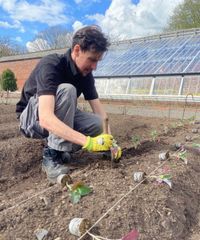
Drew qualified as a journalist and wrote for many websites and publications, before studying for a horticulture qualification. He worked as a professional gardener for several years, specializing in kitchen gardening. He's now bringing his expertise and passion to Homes & Gardens as a member of our team.
FAQs
Is it eco-friendly to use dish soap to get rid of moss?
There are some environmental concerns around using dish soap to get rid of moss because it's a product that contains chemicals. As with any other chemical products, dish soap can alter the pH level of soil and have the potential to harm plants. Not only this, but dish soap can possibly harm insects, too. For this reason, it's always a good idea to seek eco-friendly alternatives to using dish soap, such as manually removing weeds and moss with tools.
You might decide to keep moss on lawn if you have a particularly shady area where grass struggles to grow. You can even create a moss garden, which is known to promote a healthy ecosystem.

Tenielle is a Gardens Content Editor at Homes & Gardens. She holds a qualification in MA Magazine Journalism and has over six years of journalistic experience. Before coming to Homes & Gardens, Tenielle was in the editorial department at the Royal Horticultural Society and worked on The Garden magazine. As our in-house houseplant expert, Tenielle writes on a range of solutions to houseplant problems, as well as other 'how to' guides, inspiring garden projects, and the latest gardening news. When she isn't writing, Tenielle can be found propagating her ever-growing collection of indoor plants, helping others overcome common houseplant pests and diseases, volunteering at a local gardening club, and attending gardening workshops, like a composting masterclass.
- Megan SlackHead of Celebrity Style News
You must confirm your public display name before commenting
Please logout and then login again, you will then be prompted to enter your display name.